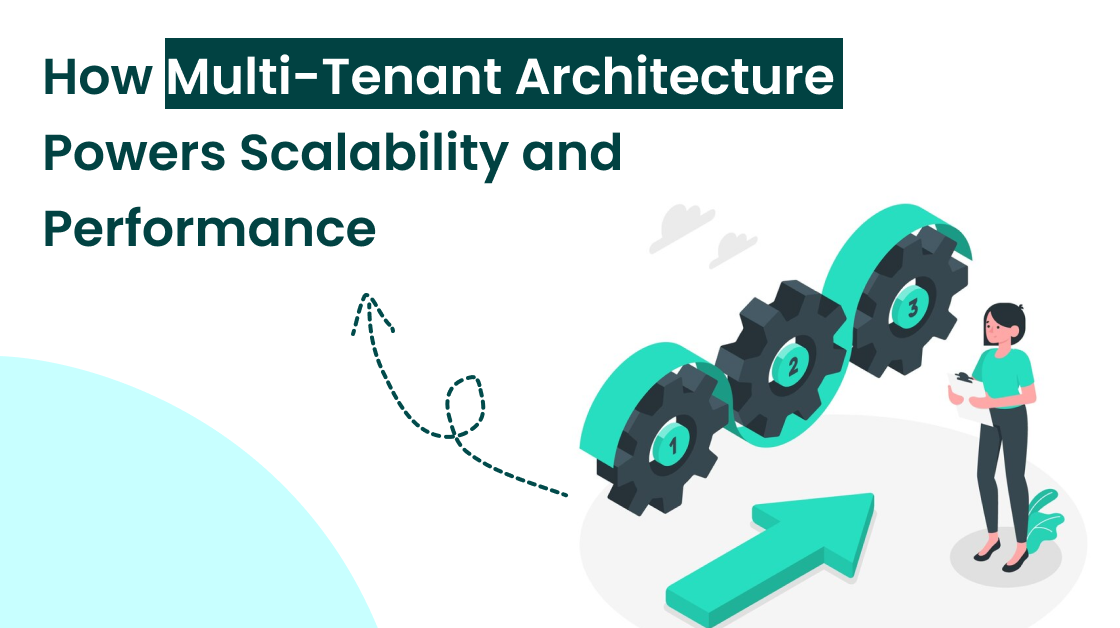
How Multi-Tenant Architecture Powers Scalability and Performance
In the fast-paced world of cloud computing, businesses need agile, scalable solutions to stay competitive. Multi-tenant architecture has become the backbone of modern SaaS platforms, enabling seamless scalability, optimized resource utilization, and cost efficiency. Puboost, a cutting-edge product of Goognu, leverages multi-tenancy to deliver robust and high-performance customer data solutions. Let’s explore how this architecture is transforming the digital landscape.
What is Multi-Tenant Architecture?
Multi-tenancy is a cloud computing framework where a single application instance serves multiple clients (tenants). Each tenant operates in a logically isolated environment, ensuring security and privacy while sharing infrastructure like servers, databases, and computing power. This streamlined model contrasts with single-tenancy, where each customer requires a dedicated instance, increasing costs and management overhead.
Why Multi-Tenancy is a Game-Changer for Scalability
1. Intelligent Resource Allocation
Multi-tenancy dynamically optimizes computing resources, ensuring that CPU, memory, and storage are used efficiently. Unlike single-tenant models, where resources remain idle during off-peak hours, multi-tenancy enables smart load balancing, automatically adjusting to demand fluctuations. This flexibility is crucial for businesses aiming for sustainable growth.
2. Effortless Scalability for Expanding Businesses
As enterprises scale, their infrastructure needs to keep pace. Multi-tenancy allows seamless expansion by allocating resources dynamically, without requiring separate deployments. SaaS providers like Puboost thrive on this architecture, effortlessly onboarding new users while maintaining peak performance.
3. Centralized Maintenance and Continuous Innovation
A unified software instance simplifies upgrades, security patches, and feature rollouts. Unlike single-tenant setups, where updates must be applied separately to each instance, multi-tenancy enables instant, system-wide improvements. This ensures that Puboost customers always have access to the latest innovations with minimal downtime.
Efficiency Boosts with Multi-Tenant Systems
1. Cost-Effective Infrastructure
By consolidating resources across multiple users, businesses achieve significant cost savings. Hosting, maintenance, and security expenses are shared, reducing the cost per tenant. Puboost capitalizes on this advantage, offering an enterprise-grade customer data platform (CDP) without the overhead of single-tenant environments.
2. Instant Deployment and Hassle-Free Onboarding
Multi-tenant platforms streamline the user onboarding experience. Customers can get started with minimal configuration, bypassing complex setup procedures. This rapid deployment accelerates adoption and empowers businesses to focus on strategic growth rather than infrastructure management.
3. AI-Driven Data Insights and Collaboration
With a shared ecosystem, multi-tenancy enables cross-platform analytics, aggregating anonymized data for trend analysis and predictive modeling. Puboost’s advanced AI-driven insights help businesses harness real-time customer data, driving smarter decision-making and hyper-personalized marketing strategies.
Security and Data Isolation: Addressing Key Concerns
Security is paramount in multi-tenant environments. Modern architectures employ industry-best practices such as:
- End-to-End Encryption – Protecting tenant data from unauthorized access.
- Role-Based Access Controls (RBAC) – Restricting data access based on user permissions.
- Logical Data Partitioning – Ensuring each tenant’s data remains isolated, preventing cross-access vulnerabilities.
At Puboost, security is a top priority. Our multi-tenant framework adheres to stringent compliance standards, providing businesses with a secure and scalable CDP solution.
Real-World Applications of Multi-Tenancy
1. SaaS Platforms
Multi-tenancy powers the SaaS ecosystem, enabling providers to serve diverse customers efficiently. Puboost, as a SaaS-based CDP, capitalizes on this model to deliver unparalleled performance and agility.
2. Enterprise-Grade Customer Data Platforms (CDPs)
Businesses handling vast volumes of customer data need a robust, scalable solution. Multi-tenancy facilitates seamless data aggregation, empowering marketing teams with a 360-degree view of their audience.
3. E-Commerce and Digital Marketplaces
Multi-tenant e-commerce platforms cater to multiple vendors under a single infrastructure, offering scalability, personalized shopping experiences, and real-time inventory management.
The Future of Multi-Tenancy: What’s Next?
With advancements in microservices, containerization, and AI-driven automation, multi-tenancy is evolving rapidly. Future innovations will focus on:
- Enhanced Data Sovereignty – Strengthening tenant-specific security and compliance.
- AI-Powered Resource Allocation – Automating performance optimization in real-time.
- Seamless Hybrid Cloud Integration – Expanding multi-tenancy beyond traditional cloud infrastructures.
For technology-driven companies like Goognu, multi-tenancy remains a strategic foundation for building next-generation SaaS solutions like Puboost, ensuring businesses stay ahead of the curve with agile, scalable, and cost-effective architectures.
Conclusion
Multi-tenant architecture is the driving force behind modern, scalable, and cost-efficient cloud solutions. By sharing resources intelligently while maintaining robust security, businesses can accelerate growth, streamline operations, and drive innovation. Puboost, powered by Goognu, exemplifies the power of multi-tenancy, delivering an enterprise-ready CDP that adapts to the evolving needs of businesses. As digital transformation continues, multi-tenancy will remain at the forefront of cloud evolution, shaping the future of scalable SaaS platforms.
